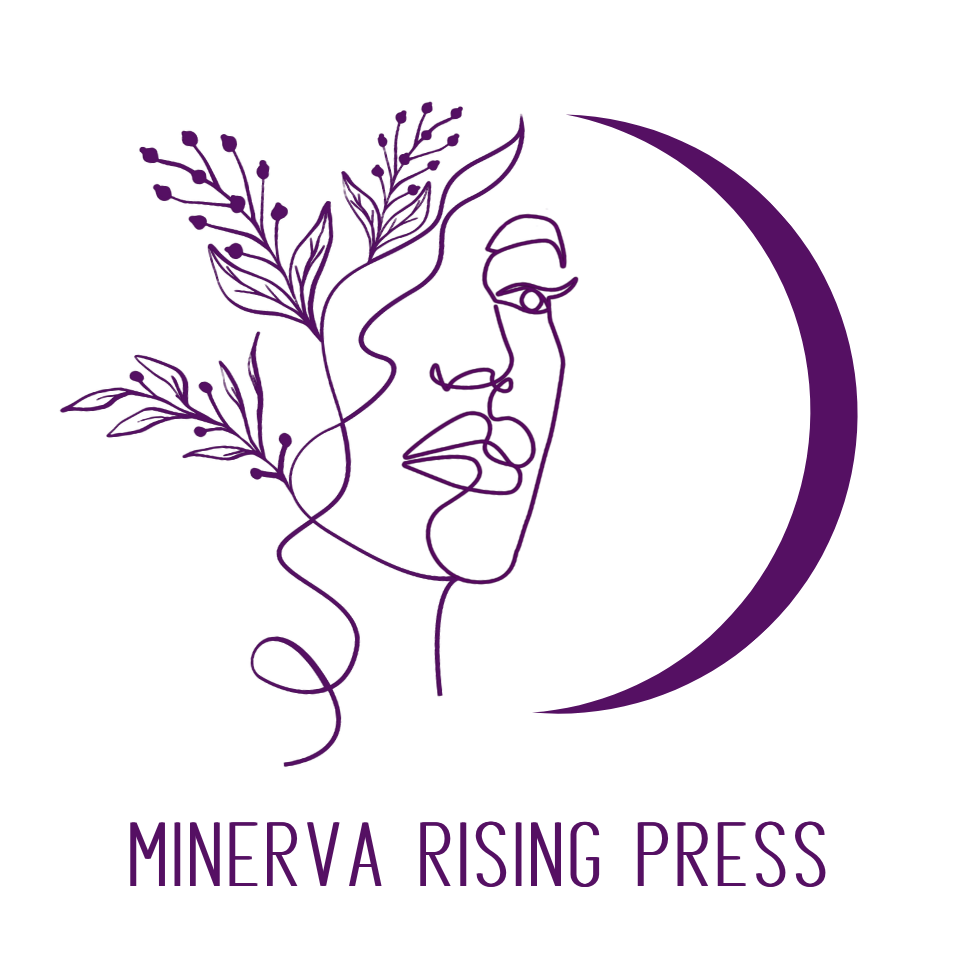First of all, I’d like to extend a hearty hello to everyone reading this post. My name is Sandra Marchetti and as many of you may already know, this is my first week on the job as the new Poetry Editor for Minerva Rising. I am thrilled to be in the fold and am already talking to contributors and working closely with the other members of MR’s fine editorial team. We have great plans for Issue 3, Rebellion, and I can’t wait to roll up my sleeves and read your brilliant poems.
I thought about this first blog post, and what I wanted you, the MR community, to know about me as a writer, reader, and lover of poetry. Instead of peeking the door open just a crack, I thought I’d let you into my room, where I keep the words that I cherish. (I think we all have a “room” like that.) I want to share a poem, Elizabeth Bishop’s “At the Fishhouses,” that encapsulates what I love about poetry and talk a bit about how that poem intersects with the MR mission.
Elizabeth Bishop was a poet whose personal life was fraught with family struggles, questions of sexuality, and a great deal of loss. One might recall some of these emotions exhibited in her masterful villanelle, “One Art.” However, despite the fact that she moved throughout her life and perhaps never found her “place” (to echo Kim’s blog post from last week ), she felt a strong tie to family, legacy, and her historical moment. See her “Poem” as an example of this. To me, her life and work certainly reflect the struggles, stories, and “creativity and wisdom” that MR tries to bring to light in each issue.
), she felt a strong tie to family, legacy, and her historical moment. See her “Poem” as an example of this. To me, her life and work certainly reflect the struggles, stories, and “creativity and wisdom” that MR tries to bring to light in each issue.
“At the Fishhouses” first speaks of a Nova Scotia town Bishop lived in as a child. She describes an old fisherman cleaning and packing up for the night. The speaker rehashes old stories with the fisherman, but eventually he melts into the background of the poem. In the climatic final stanza, Bishop steps out onto the wild, cold coastline and gives voice to what she sees.
If you’d like to read the entire text of “At the Fishhouses,” please click here. However, I’ve pasted that last stanza of description here for you to digest. Take a read:
from “At the Fishhouses”
by Elizabeth Bishop
Cold dark deep and absolutely clear,
the clear gray icy water . . . Back, behind us,
the dignified tall firs begin.
Bluish, associating with their shadows,
a million Christmas trees stand
waiting for Christmas. The water seems suspended
above the rounded gray and blue-gray stones.
I have seen it over and over, the same sea, the same,
slightly, indifferently swinging above the stones,
icily free above the stones,
above the stones and then the world.
If you should dip your hand in,
your wrist would ache immediately,
your bones would begin to ache and your hand would burn
as if the water were a transmutation of fire
that feeds on stones and burns with a dark gray flame.
If you tasted it, it would first taste bitter,
then briny, then surely burn your tongue.
It is like what we imagine knowledge to be:
dark, salt, clear, moving, utterly free,
drawn from the cold hard mouth
of the world, derived from the rocky breasts
forever, flowing and drawn, and since
our knowledge is historical, flowing, and flown.
“Cold dark deep and absolutely clear.” This is “what we imagine knowledge to be.” Bishop is so direct, so confident in her wording. We hear her describing the coldness we feel when putting a hand under the freezing tap—that “transmutation of fire.” We are at the water’s edge with her, “flowing…since / our knowledge is historical, flowing, and flown.” All five senses are charged: the salt is in our nose and mouth, the cold water bites our hands, we see and hear the icy waves with perfect clarity. The music of the language is pure motion—we, as readers, are in it.
The language is crisp and straightforward as well: “Bluish, associating with their shadows, / a million Christmas trees stand / waiting for Christmas.” We imagine the blue spruces all lined up in a row and sense that Bishop knows that because of the inevitable march of time, they will eventually disappear.
There is even surrealism in the poem; it is the surrealism of every day life. Bishop says:
I have seen it over and over,
the same sea, the same,
slightly, indifferently swinging above the stones,
icily free above the stones,
above the stones and then the world.
Haven’t we all seen “it over and over”? The “it” being our yard? Our living room? Our favorite park or lake? And we’ve all had the feeling of that place morphing into something different when we’re not just looking at it, but really engaging with the place. That’s when we truly “see” it, as Annie Dillard would say. Bishop reinforces this idea that a concentrated observer (in this case the poet) can make it new. This is part of what I love about Bishop, but it is true of poetry in general: poems have the ability to make the familiar strange. The sea is suddenly an eerie ghost, maybe even a new kind of sky.
I connect with Bishop’s poem at such a gut level that I felt I needed to honor it. In fact, I wrote a poem about it. My piece, “Cold dark deep and absolutely clear,” appeared in the Spring 2010 issue of Phoebe: A Journal of Literature and Art, a magazine that generously granted me permission to reprint the poem here. Take a listen:
“Cold dark deep and absolutely clear”
~Elizabeth Bishop
by Sandra Marchetti
The water a sheet of beat tin, it is a June song
in March, ripples for welcome. Army and gray
colors tell us why the season resists the call
of our bodies, displayed on the nightstand: the interior
brave replica of summer, stilted
in daguerreotype, printed gauzily. The white light
needed over our shoulders to see the ream, the functioning
slide. The bed is still yellow—a blushing pastel paper
out of context in the hoarfrost season. Even
the white bell doilies breathe in dust
from the half-light time. Not entirely shade but
clear gray out across the ledge
and many measures more, a little water flits
between a split-trunk tree. It is
what we imagine June to be: a sliver
of wet movement, an arc that asks for colors
to ice it hotly and shake the shake of gray.
In my poem I chose not to tackle something so magnificent as “what we imagine knowledge to be.” Instead I explored a much narrower abstraction: “what we imagine June to be.” However, I chose Bishop as my guide for this piece, along with Emily Dickinson, and I think of her as a guide still. She is one of my personal “Minerva” figures. I challenge you to channel your inner Bishop, or your inner Minerva, when you submit to MR’s Issue 3: Rebellion. Even if you don’t write about Nova Scotia, fishing, or specific places in your work, bring about that “transmutation of fire.” Make it new. Make it strange. I want to hear your story, as only you can tell it—through startling images and linguistic musicality. Highlight the beautiful alternative realities we step through each day but ignore in the course of our “everyday lives.”

